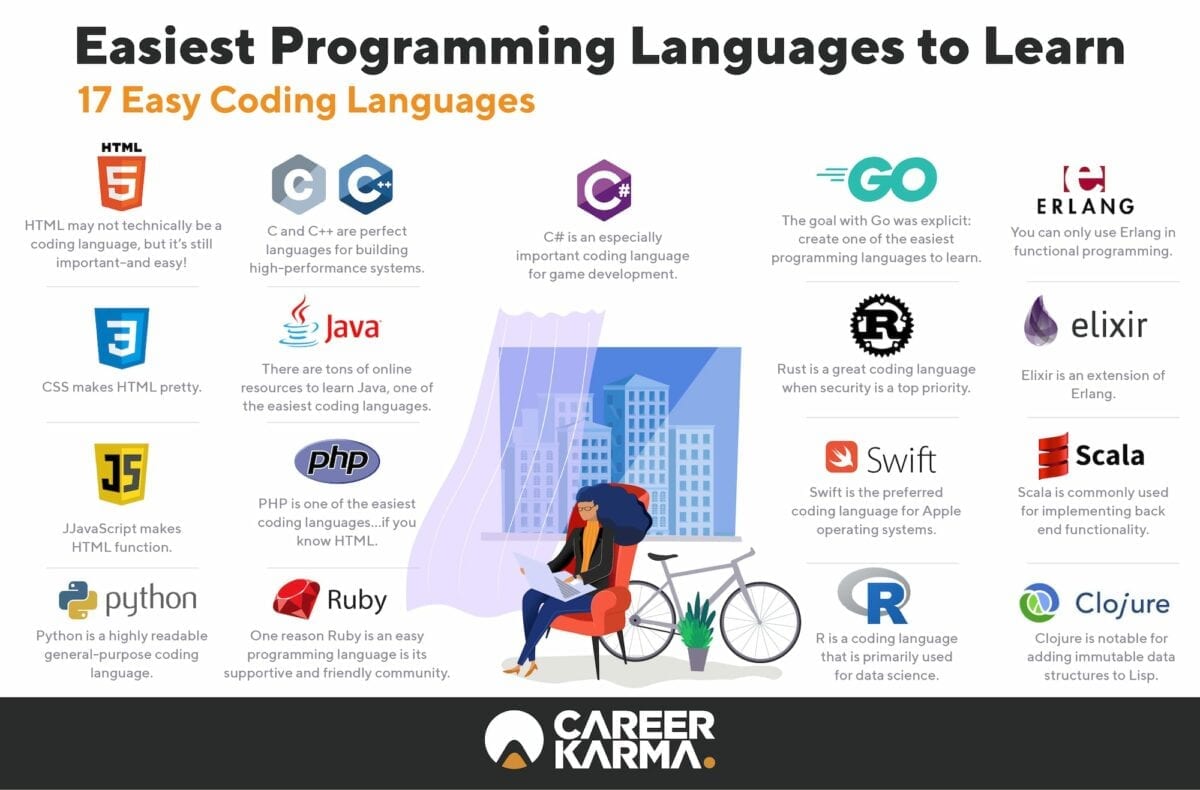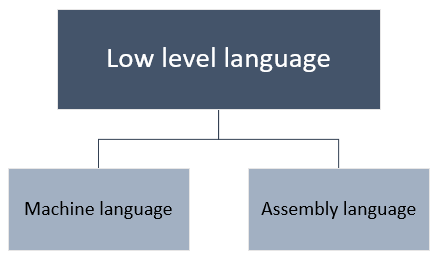

- BIT LEVEL PROGRAMMING LANGUAGE LIST SOFTWARE
- BIT LEVEL PROGRAMMING LANGUAGE LIST CODE
- BIT LEVEL PROGRAMMING LANGUAGE LIST FREE
BIT LEVEL PROGRAMMING LANGUAGE LIST FREE
This is because the developer is free to organize the internal components of the application and define detailed business logic for each component while the tool automatically takes care of integrating the various components.
BIT LEVEL PROGRAMMING LANGUAGE LIST CODE
Machine code takes longer to generate but is readily executable and is optimized by the 4GL compiler to achieve performance comparable to that of conventional programming languages.ĤGLs introduce a significant degree of automation in the application development process yet are flexible enough to address a fairly wide range of information-processing requirements. Pseudo-code can be generated very quickly but does not execute fast and cannot be freely deployed since it requires a proprietary interpreter. Regardless of the specification language used, the developer usually has a choice between generating pseudo-code and generating either machine code directly, that is, an executable program, or 3GL code such as C or C++, which is then compiled into machine code. As the developer builds the application, the corresponding program code for each component is assembled from the 4GL libraries and automatically merged with the user-specified customizations by the 4GL environment.Ĭommand-based 4GLs are mostly used to create character-based applications, while 4GLs with visual components are generally used to create event-driven applications. In addition to components, a scripting language is provided for the developer to specify detailed processing logic. Applications are developed by customizing predefined components such as windows, menus, and reports that are supplied by the 4GL environment. The language of these 4GLs usually includes several procedural statements similar to those found in conventional programming languages in order to specify processing steps that must be executed in a precise sequence.ĤGLs offering prebuilt components usually provide a visual environment in which the developer manipulates the components as graphical objects with drag-and-drop techniques and specifies the various “properties” of these objects. The developer can edit the resulting code to refine or further customize the component. Commands such as BUILD instruct the system to generate the necessary code for these components from data structures and data definitions maintained in the system's data dictionary. The developer uses commands such as SCREEN and REPORT to declare such application components. Similarly, prebuilt components, which include reports, windows, and a variety of graphical user interface (GUI) controls, provide functional building blocks that can be used without knowledge of how they have been implemented.ĤGLs using declarative statements and high-level constructs provide a language editor in which the developer writes program statements in the 4GL specification language these products are generally associated with a DBMS. Two types of high-level abstractions are typically used in 4GLs: declarative statements and high-level constructs, sometimes referred to as very-high-level languages, and prebuilt components that the developer can readily customize and include in new applications.ĭeclarative statements and high-level constructs provide a specification of what the application is required to do, rather than defining exactly how it is supposed to do it.
BIT LEVEL PROGRAMMING LANGUAGE LIST SOFTWARE
While most of these tools aim at increasing the productivity of professional application developers, some 4GL products aim at making computing power available to nonprogrammers by hiding many of the technical details involved in the software development process.ĤGLs address the objectives of attaining greater productivity and freeing developers from implementation details by means of high-level abstractions. Query languages and report writers are sometimes also considered 4GLs due to the use these tools make of declarative languages. The 4GL category comprises a wide range of application development tools including “declarative” programming languages, very high-level programming languages, and visual development environments. Greater productivity usually means that the developer needs to write less program code, simpler code, or both.

Fourth-generation Languagesįourth generation languages are proprietary “specification” languages aimed at providing greater productivity with respect to conventional 3GLs.

Jose Stigliano, Marco Bruni, in Encyclopedia of Information Systems, 2003 V.B.


 0 kommentar(er)
0 kommentar(er)
